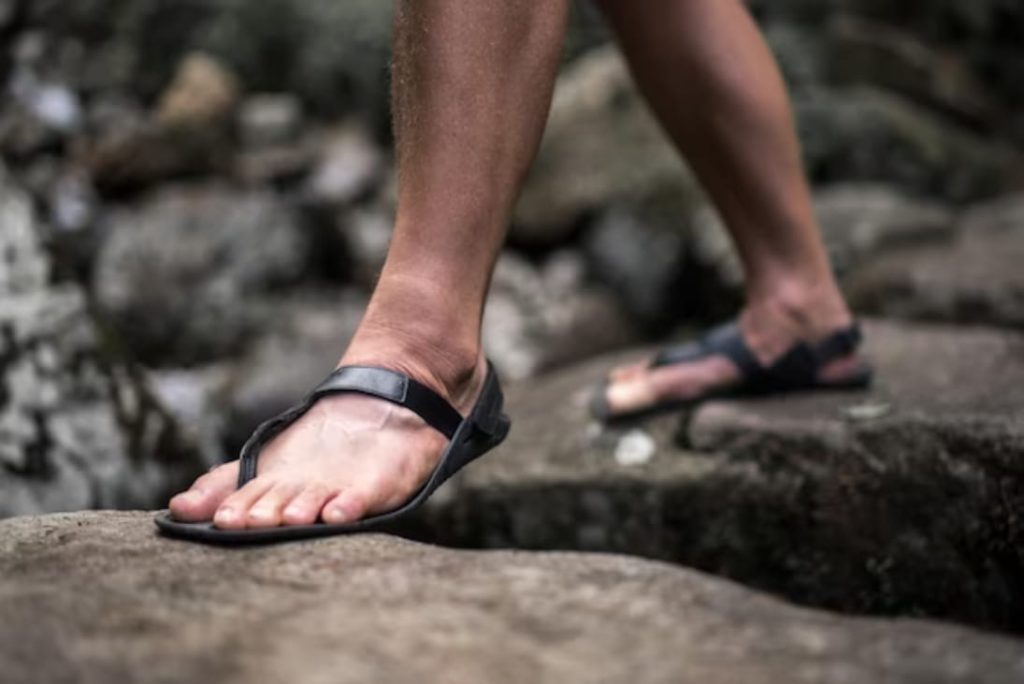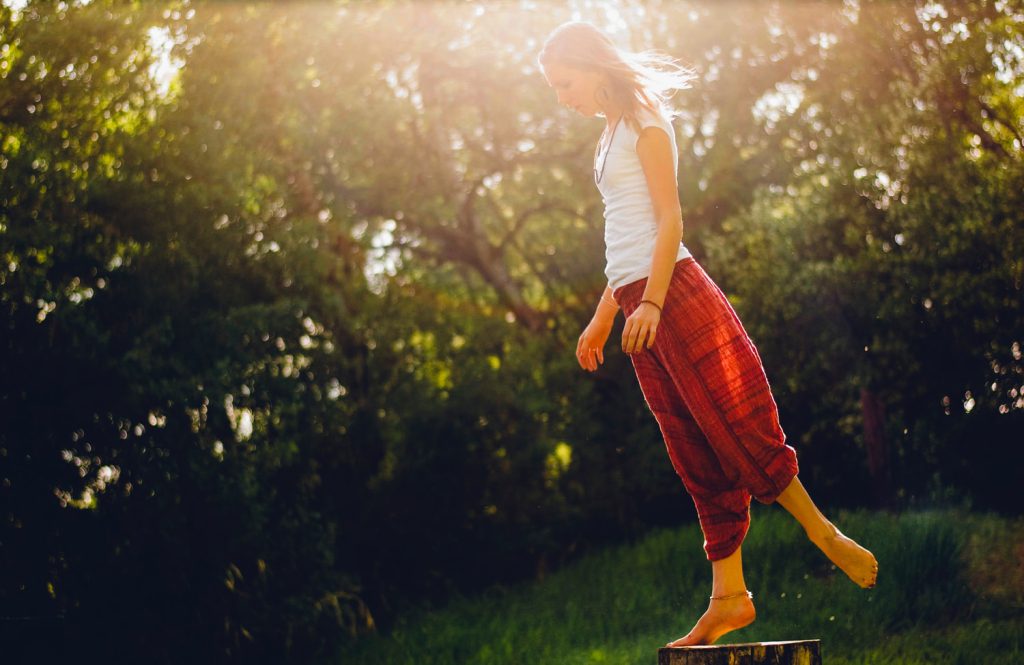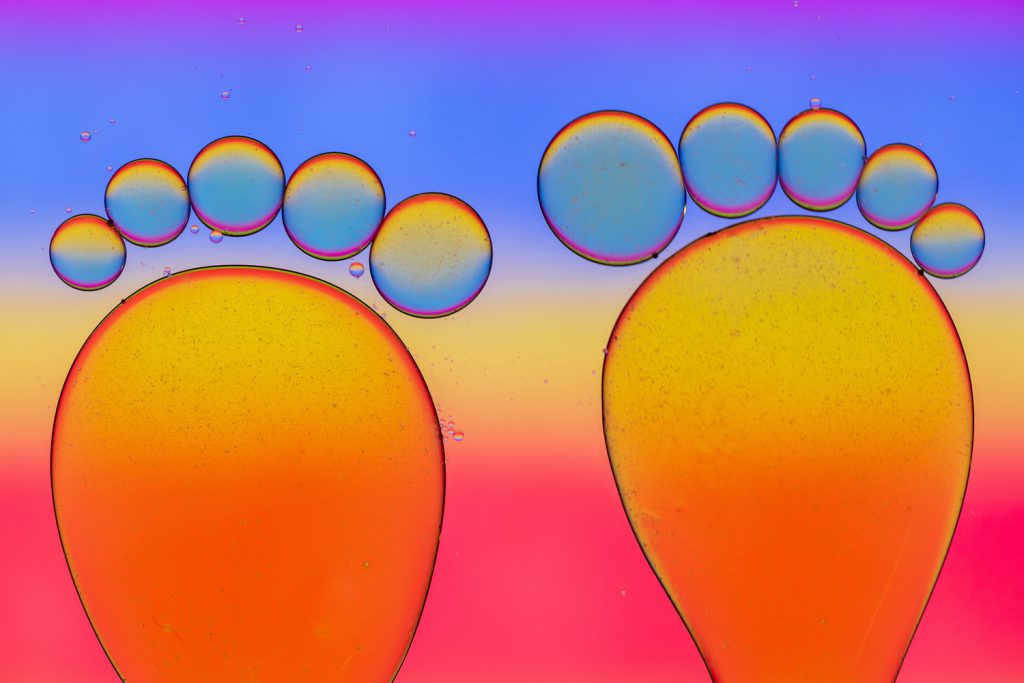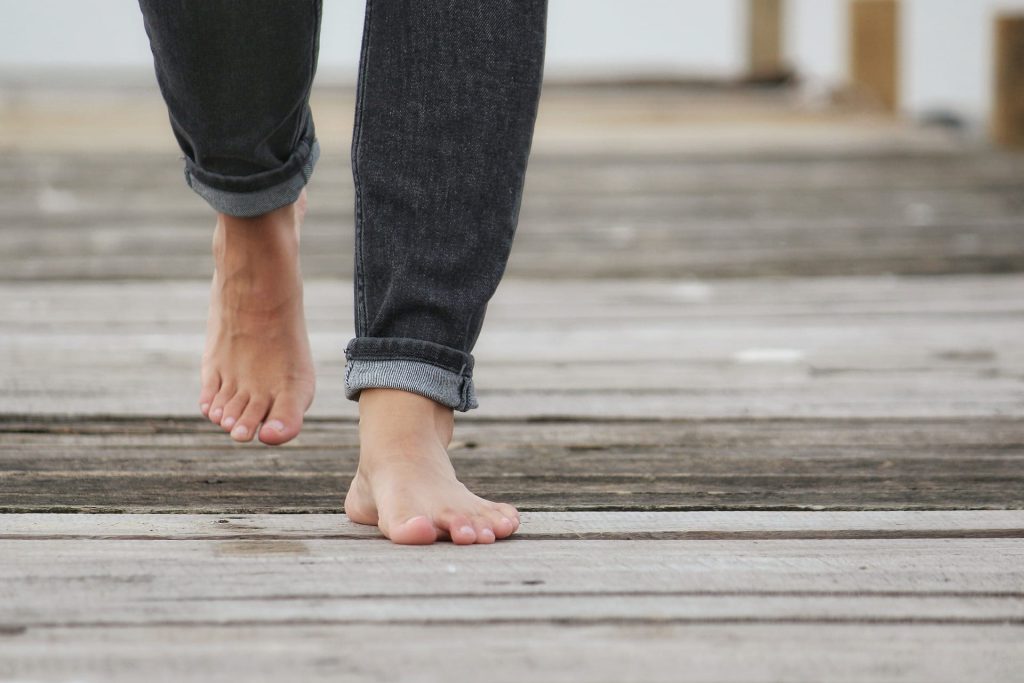- Understanding Barefoot and Minimalist Shoes
- Types of Barefoot Shoes
- Types of Minimalist Shoes
- Popular Barefoot and Minimalist Shoe Brands
- Transitioning to Barefoot and Minimalist Shoes
- Caring for Your Barefoot and Minimalist Shoes
- Finding the Right Fit
- Customizing Your Barefoot and Minimalist Shoes
- Selecting the Right Shoe for Your Activity
- Embracing the Barefoot and Minimalist Lifestyle
- Conclusion
Barefoot and minimalist shoes have become increasingly popular in recent years, with more people recognizing the potential benefits of reconnecting with their natural foot movement. These lightweight, flexible shoes aim to provide a more natural feel while offering protection from various surfaces. In this comprehensive guide, we will explore the different types of barefoot shoes and minimalist shoes available on the market, helping you make an informed decision on which type is best suited for your needs.

Understanding Barefoot and Minimalist Shoes
Barefoot and minimalist shoes are designed to provide a more natural experience for your feet, allowing them to move freely without the constraints of traditional, heavily-padded footwear. The primary goal of these shoes is to enable your feet to function as they were intended, with a focus on promoting strength, flexibility, and balance. You can learn more in our article on the benefits of barefoot shoes.
Barefoot Shoes
Barefoot shoes are the most minimal type of footwear, designed to provide an experience as close to being barefoot as possible while still offering protection from the ground and environmental hazards. These shoes typically feature:
- A zero heel-to-toe drop, meaning there is no difference in height between the forefoot and heel.
- A thin, flexible sole, usually ranging from 3 to 8mm in thickness.
- Wide toe boxes to allow for natural toe splay.
- Lightweight construction with minimal padding and support.
Minimalist Shoes
Minimalist shoes are a step up from barefoot shoes in terms of structure and support, but still prioritize natural foot movement and ground feel. These shoes often have:
- A low heel-to-toe drop, typically between 4 and 7mm.
- A slightly thicker, yet still flexible sole, generally ranging from 9 to 15mm in thickness.
- A more structured upper, with some cushioning and support elements.
- A focus on lightweight design and materials.
Types of Barefoot Shoes
There are several different types of barefoot shoes available, each with its own unique characteristics and intended use. Some of the most popular categories include:
Five-Toe Shoes
Five-toe shoes, such as the Vibram Five Fingers, are designed with individual toe pockets for each of your toes, allowing for a greater range of motion and a more natural feel. These shoes have a thin, flexible sole and a zero heel-to-toe drop, providing maximum ground contact and proprioception.
Barefoot Running Shoes
Barefoot running shoes are specifically designed for those looking to transition to a more natural running style, with minimal cushioning and support. These shoes often have a zero or near-zero heel-to-toe drop and a thin, flexible sole to promote a forefoot or midfoot strike, as opposed to the heel strike commonly seen in traditional running shoes.
Barefoot Casual Shoes
Barefoot casual shoes provide the benefits of barefoot footwear in a more everyday, stylish design. These shoes can be worn for daily activities, such as walking or light exercise, and often feature a thin, flexible sole and a wider toe box for natural foot movement. Of course, if there are casual barefoot shoes, there must be dressy ones too! You can read learn more about these in our article on barefoot dress shoes.
Types of Minimalist Shoes
Minimalist shoes offer a slightly more supportive and structured experience compared to barefoot shoes, making them a popular choice for those seeking a balance between natural movement and comfort. Some common types of minimalist shoes include:
Minimalist Running Shoes
Minimalist running shoes bridge the gap between traditional running shoes and barefoot shoes, providing a more natural running experience while still offering some cushioning and support. These shoes often have a low heel-to-toe drop and a moderately thin sole, allowing for a midfoot or forefoot strike without sacrificing protection and comfort.
Minimalist Cross-Training Shoes
Minimalist cross-training shoes are designed for a variety of athletic activities, from weightlifting and gym workouts to short runs and agility drills. These shoes typically have a low heel-to-toe drop, a thin yet durable sole, and a supportive upper construction, making them a versatile option for those seeking a more natural feel in their training footwear. These shoes can be perfect for weightlifting, and other kinds of functional training such as kettlebell training.
Minimalist Hiking and Trail Shoes
Minimalist hiking and trail shoes provide a more natural feel on the trails, with a low heel-to-toe drop, a flexible sole, and a wide toe box for natural foot movement. These shoes often have more aggressive traction patterns and more durable materials to withstand the demands of outdoor terrain.
Popular Barefoot and Minimalist Shoe Brands
As the barefoot and minimalist shoe market continues to grow, several brands have emerged as leaders in the space. Some notable brands include:
- Vibram: Known for their innovative Five Fingers design, Vibram has a wide range of barefoot and minimalist shoes for various activities.
- Vivobarefoot: A pioneer in the barefoot movement, Vivobarefoot offers a comprehensive line of barefoot shoes for casual wear, running, and even hiking.
- Merrell: With their Barefoot Glove series, Merrell has become a popular choice for those seeking minimalist running and cross-training shoes.
- Xero Shoes: Xero Shoes offers a range of barefoot and minimalist shoes, including their popular HFS model for running and casual wear.
- Inov-8: Known for their performance-focused designs, Inov-8 offers minimalist shoes for running, cross-training, and even weightlifting.
Transitioning to Barefoot and Minimalist Shoes
If you’re new to barefoot and minimalist shoes, it’s important to transition slowly and safely to avoid injury. Consider the following tips when making the switch:
- Start with shorter, lower-intensity workouts to allow your feet and lower leg muscles to adjust.
- Gradually increase the duration and intensity of your workouts as your body adapts.
- Incorporate foot and lower leg exercises, such as toe curls and calf raises, to strengthen the muscles and tendons used in barefoot footwear.
- Listen to your body and take rest days as needed to prevent overuse injuries.
Caring for Your Barefoot and Minimalist Shoes
To keep your barefoot and minimalist shoes in top condition, follow these care tips:
- Clean your shoes regularly with a damp cloth or mild soap and water.
- Allow your shoes to air dry away from direct sunlight or heat sources.
- Rotate between multiple pairs of shoes to allow each pair to fully dry and maintain its shape.
- Replace your shoes when the sole or upper begins to show significant wear or damage.
Finding the Right Fit
When selecting barefoot or minimalist shoes, it’s crucial to find the right fit for your unique foot shape and needs. Consider the following factors when choosing your footwear:
- Width: Look for shoes with a wide toe box that allows your toes to spread and splay naturally.
- Sizing: Barefoot and minimalist shoes often fit differently than traditional shoes, so be sure to consult the brand’s sizing guide or try on multiple sizes to find the best fit.
- Flexibility: Choose a shoe with a flexible sole that allows your foot to move and bend naturally.
- Support: Depending on your preferences and needs, you may want a shoe with more or less support and cushioning.
Customizing Your Barefoot and Minimalist Shoes
Many barefoot and minimalist shoes offer customizable features, such as removable insoles or adjustable lacing systems. Experiment with these options to find the perfect balance of comfort, support, and ground feel for your needs.
Selecting the Right Shoe for Your Activity
Consider the specific activities you plan to engage in while wearing your barefoot or minimalist shoes, as this will help you choose the appropriate type and features for your needs. For example, if you plan to run on rough trails, a shoe with more aggressive traction and a slightly thicker sole may be beneficial.
Embracing the Barefoot and Minimalist Lifestyle
As you transition to barefoot and minimalist shoes, you may find that your overall foot health and body awareness improve. Embrace this newfound connection to your body and the ground beneath you, and continue to explore the many different types of barefoot shoes and minimalist shoes available to find the perfect fit for your unique needs and preferences.
Conclusion
There are various types of barefoot and minimalist shoes available, each with its unique features and benefits. Whether you’re a seasoned barefoot enthusiast or just starting to explore the world of minimalist footwear, there’s a shoe out there that’s perfect for you. By understanding the differences between the different types of barefoot shoes and choosing the right pair for your needs, you can experience the many benefits of this natural and healthy footwear option.


